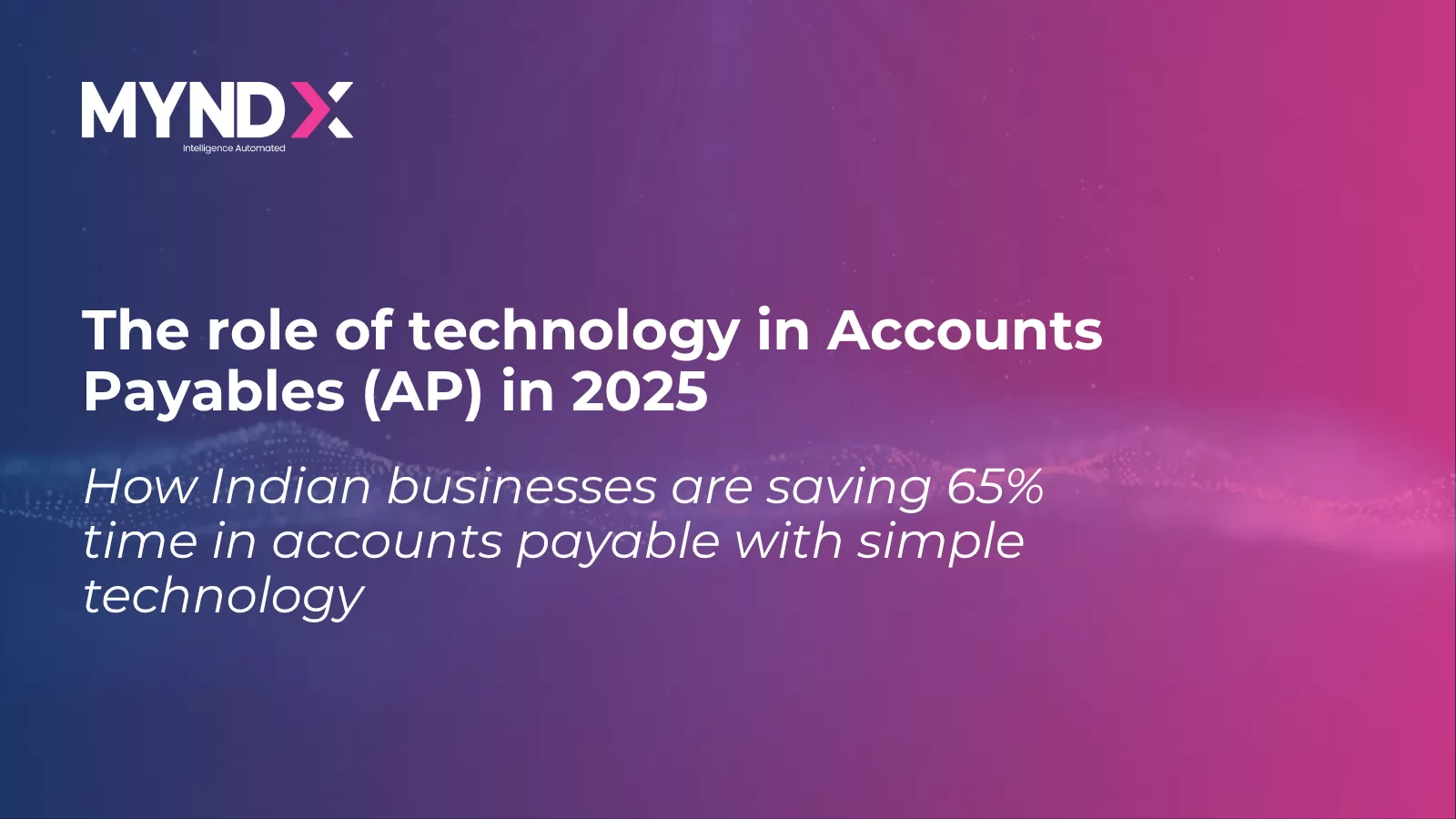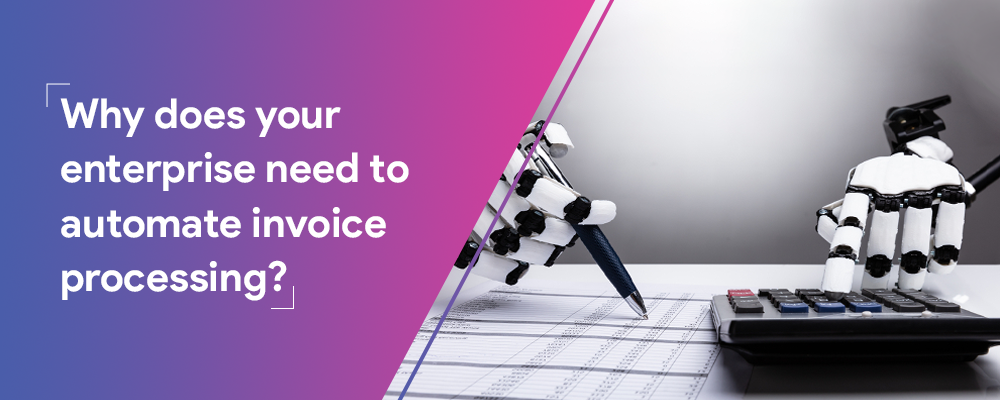In today’s rapidly evolving business landscape, the ability to adapt quickly is not just an advantage; it’s a necessity. Traditional annual budgeting cycles, while once foundational, often fall short in providing the agility and foresight businesses need to thrive amidst constant change. They can become rigid documents, quickly outdated by unforeseen market shifts, economic fluctuations, or technological advancements. This often leaves decision-makers grappling with plans that no longer reflect reality, leading to reactive instead of proactive strategies.
At MYND Integrated Solutions, we understand the pressures businesses face to remain competitive and responsive. We believe that empowering organizations with dynamic financial tools is key to navigating uncertainty and unlocking sustained growth. This comprehensive guide explores the power of a rolling forecast model – a continuous, forward-looking approach that transforms financial planning from a static exercise into a living, breathing strategic tool. We will delve into what a rolling forecast entails, its profound benefits, the essential components for its successful implementation, and a practical, step-by-step approach to building one for your business. This educational journey aims to equip decision-makers and IT professionals with the knowledge to foster greater agility and resilience within their organizations.
The Limitations of Traditional Annual Budgeting
Before we dive into the solution, it’s helpful to understand the inherent limitations of the old ways. Traditional annual budgeting, typically set once a year, suffers from several fundamental drawbacks:
- Rigidity and Irrelevance: A budget fixed for 12 months struggles to account for sudden market shifts, new competitor actions, or unexpected global events. What looked like a solid plan in January might be completely irrelevant by April, leading to misguided decisions based on outdated assumptions.
- Time-Consuming and Resource-Intensive: The annual budgeting process is often a massive undertaking, consuming significant time and resources from finance teams and business units. This effort, unfortunately, often yields a document that loses its accuracy swiftly.
- Focus on Variance Analysis, Not Future Planning: Traditional budgets primarily focus on comparing actual results against a fixed plan, often leading to endless discussions about why targets were missed rather than proactive planning for what’s ahead.
- Discourages Agility: With a fixed budget, departments can become hesitant to pivot strategies or seize new opportunities if they fall outside the predefined plan, stifling innovation and responsiveness.
- Outdated Assumptions: The further you move from the budget’s creation date, the more likely its underlying assumptions are to be incorrect, leading to a disconnect between the plan and operational reality.
These limitations highlight the critical need for a more dynamic and adaptive approach to financial planning, one that a rolling forecast model is specifically designed to address.
What Exactly is a Rolling Forecast?
A rolling forecast is a continuous financial projection that extends over a fixed future period, typically 12-18 months, and is regularly updated. Instead of being set once a year, a rolling forecast ‘rolls forward’ by dropping the most recent completed period and adding a new future period, ensuring that the business always has a fresh, forward-looking view. For instance, a 12-month rolling forecast updated quarterly would, after Q1, drop Q1 and add Q1 of the next year, always maintaining a full 12-month outlook.
Key characteristics of a rolling forecast:
- Continuous: It’s an ongoing process, not a one-time event.
- Fixed Horizon: It always maintains a consistent look-forward period (e.g., 12, 15, or 18 months).
- Regular Updates: Forecasts are refreshed frequently, typically monthly or quarterly, incorporating the latest actuals and revised assumptions.
- Dynamic: It continuously adapts to new information, market changes, and strategic shifts.
- Driver-Based: Often built on key business drivers (e.g., sales volume, customer acquisition costs, production units) rather than just historical spend.
This dynamic nature is what distinguishes it from traditional forecasts, which are often point-in-time predictions, and budgets, which are static financial commitments.
The Transformative Benefits of a Rolling Forecast Model
Embracing a rolling forecast model can fundamentally change how a business plans and operates, delivering a host of advantages that traditional methods cannot match:
Enhanced Agility and Adaptability
By regularly refreshing financial projections, businesses can quickly identify emerging trends, potential risks, and new opportunities. This allows for rapid adjustments to strategies, resource allocation, and operational plans, making the business far more responsive to market dynamics. When external conditions shift, a rolling forecast enables a timely course correction, ensuring the business remains aligned with current realities.
Improved Decision-Making
Decision-makers gain access to more current and accurate financial insights. This real-time visibility supports better strategic choices regarding investments, hiring, product development, and market expansion. With a clearer view of the future, leaders can make informed decisions that are grounded in the latest data, rather than relying on stale assumptions.
Greater Accuracy and Reduced Variance
Frequent updates mean that forecasts are always based on the most recent actual performance and the latest market intelligence. This significantly reduces the likelihood of large variances between projected and actual results, leading to more reliable financial guidance and fewer surprises. The continuous refinement inherent in a rolling forecast implementation improves predictive power over time.
Better Resource Utilization
With a more accurate understanding of future cash flows, revenue, and expenses, businesses can optimize the allocation of capital, human resources, and other assets. This prevents underutilization or overextension, ensuring resources are deployed where they can generate the most value and align with evolving strategic priorities.
Increased Accountability and Ownership
Because the forecast is a continuous process, departments and teams are more engaged in its creation and ongoing monitoring. This fosters a sense of ownership and accountability for future performance, moving away from a ‘set it and forget it’ mentality. Regular reviews also provide natural opportunities for performance discussions and adjustments.
Reduced Budgeting Cycle Time
While the initial setup of a rolling forecast implementation might require effort, over time, it can significantly streamline the overall planning process. By eliminating the annual ‘big bang’ budgeting exercise, finance teams can shift from data collection and reconciliation to more value-added analysis and strategic partnership with business units.
These benefits collectively contribute to a more resilient, strategically sound, and ultimately more successful business operation.
Key Components for Successful Rolling Forecast Implementation
Embarking on a rolling forecast implementation journey requires careful consideration of several critical components. Approaching these systematically will lay a strong foundation for success:
Clear Objectives and Scope
Before beginning, define what you aim to achieve. Are you looking for better cash flow management, improved sales predictability, or enhanced operational efficiency? Clearly articulate the scope: which departments will be involved, what level of detail is required, and what will be the forecasting horizon and frequency? Setting clear goals ensures that the implementation remains focused and delivers tangible value.
Data Integration and Quality
The success of any forecast hinges on the quality and accessibility of its underlying data. This means establishing robust connections between various source systems such as ERP (Enterprise Resource Planning), CRM (Customer Relationship Management), HR systems, and other operational databases. Data must be clean, consistent, and readily available. Manual data extraction and manipulation introduce errors and delays, undermining the agility a rolling forecast aims to achieve.
Technology Platform Selection
Manual spreadsheets quickly become unmanageable for rolling forecasts. A dedicated Enterprise Performance Management (EPM) or Financial Planning & Analysis (FP&A) software platform is essential. These solutions offer features like scenario planning, what-if analysis, automated data aggregation, robust reporting, and collaboration tools. The right platform enables efficient data handling, complex calculations, and widespread user access, making the rolling forecast implementation scalable and sustainable.
Process Redesign
Transitioning to a rolling forecast is not just about adopting new software; it’s about redesigning financial planning processes. This involves moving away from the annual budget mindset and establishing clear, repeatable processes for data collection, assumption updates, forecast generation, review, and communication. It requires defining roles and responsibilities for different stakeholders in the continuous forecasting cycle.
Stakeholder Buy-in and Training
A rolling forecast impacts various departments, not just finance. Securing buy-in from leadership and engaging business unit managers early is crucial. Comprehensive training on the new processes and technology ensures that all participants understand their roles and feel comfortable contributing to the forecast. This collaborative approach fosters a culture of continuous planning and shared ownership.
Addressing these components thoughtfully will set the stage for a smooth and impactful rolling forecast implementation, allowing your organization to fully leverage its benefits.
A Step-by-Step Guide to Building Your Rolling Forecast Model
Building a robust rolling forecast model involves a structured approach. Here’s a practical guide to help your business through the process:
Step 1: Define Your Forecasting Horizon and Frequency
Start by deciding how far into the future you want to project (e.g., 12, 15, or 18 months). Then, determine how frequently you will update the forecast (e.g., monthly or quarterly). A monthly update might be ideal for volatile industries, while quarterly could suffice for more stable environments. The key is consistency.
Step 2: Identify Key Business Drivers
Move beyond just projecting line items based on historical trends. Identify the core operational and external factors that truly drive your revenue and costs. For a manufacturing company, this might include production volumes, raw material prices, and labor costs. For a service business, it could be consultant utilization rates, project pipeline, and customer churn. Focusing on drivers makes the forecast more accurate and easier to update.
Step 3: Establish Robust Data Sources and Integration
This is where technology becomes paramount. Identify all necessary data sources – ERP for actuals, CRM for sales pipeline, HR for payroll, etc. Work with your IT team to establish automated data feeds and integration points into your chosen EPM platform. Manual data entry should be minimized to ensure data integrity and reduce processing time. A unified data architecture is foundational for efficient rolling forecast implementation.
Step 4: Choose the Right Technology Platform
As mentioned, spreadsheets are not sustainable. Invest in an EPM/FP&A solution that supports your chosen methodology. Look for features such as:
- Data Integration Capabilities: Connects seamlessly with your existing systems.
- Driver-Based Modeling: Allows for complex calculations based on business drivers.
- Scenario Planning: Enables ‘what-if’ analysis for different future outcomes.
- Collaboration Tools: Facilitates input and review from multiple stakeholders.
- Reporting and Visualization: Provides clear dashboards and reports.
- Scalability: Can grow with your business needs.
Step 5: Develop Forecasting Methodologies
This might involve a mix of approaches:
- Driver-Based Forecasting: As discussed, linking financial outcomes to operational drivers.
- Statistical Methods: Using historical data with time-series analysis (e.g., moving averages, exponential smoothing) for more stable variables.
- Top-Down and Bottom-Up Blending: Allowing corporate guidance to be reconciled with detailed departmental inputs.
The chosen methodology should be transparent and understood by all contributors.
Step 6: Implement Scenario Planning and What-If Analysis
A significant advantage of rolling forecasts is the ability to easily model different scenarios (e.g., optimistic, pessimistic, most likely). Use your EPM platform to run ‘what-if’ analyses – what if sales grow by an additional 5%? What if raw material costs increase by 10%? This capability is critical for proactive risk management and strategic planning.
Step 7: Automate and Streamline Processes
Leverage your technology platform to automate data loads, calculation processes, and report generation. This frees up your finance team from mundane tasks, allowing them to focus on analysis, insights, and strategic partnership. Automation is key to making the rolling forecast implementation efficient and sustainable.
Step 8: Monitor, Review, and Refine Continuously
A rolling forecast is an iterative process. After each update cycle, review actual performance against the forecast, analyze variances, and understand the reasons behind them. Use these insights to refine your assumptions, methodologies, and drivers for the next cycle. This continuous learning and improvement are what make the model truly agile and accurate over time.
Addressing Common Challenges in Rolling Forecast Implementation
While the benefits are clear, rolling forecast implementation isn’t without its hurdles. Anticipating and addressing these challenges proactively can pave the way for a smoother transition:
Resistance to Change
People are naturally resistant to new ways of working, especially when it involves changing established financial planning routines.
- Solution: Start with clear communication about the “why.” Emphasize the benefits for individual departments and the overall business. Involve key stakeholders early in the design process to foster ownership. Provide comprehensive training and ongoing support. Celebrate early successes to build momentum.
Data Silos and Quality Issues
Disparate systems, inconsistent data definitions, and manual data handling can severely hinder the accuracy and efficiency of a rolling forecast.
- Solution: Prioritize data governance. Work with IT to break down data silos through robust integration strategies. Implement data quality checks and validation rules at the source. Invest in a centralized data platform or an EPM solution with strong integration capabilities to ensure a single source of truth.
Complexity of Models
Overly complex forecasting models can become difficult to maintain, understand, and update, negating the agility benefits.
- Solution: Start simple and iterate. Focus on key drivers and high-impact areas first. Avoid trying to forecast every single line item in intricate detail. Leverage the capabilities of your EPM software to manage complexity without over-engineering. Ensure the model’s logic is transparent and well-documented.
Choosing the Right Technology
With numerous EPM and FP&A solutions available, selecting the one that best fits your business needs can be daunting.
- Solution: Conduct a thorough needs assessment. Define your current and future requirements, considering factors like integration with existing systems (ERP, CRM), scalability, ease of use, reporting capabilities, and vendor support. Engage experienced technology partners, like MYND Integrated Solutions, who can guide you through the selection process and ensure the chosen platform aligns with your strategic objectives for rolling forecast implementation.
Lack of Skilled Personnel
The finance team might lack the necessary technical skills for advanced data analysis, model building, or EPM system administration.
- Solution: Invest in training for your finance and IT teams. Upskill existing personnel in areas like data analytics, EPM software utilization, and financial modeling techniques. Consider partnering with external experts who can provide guidance, implement the solution, and offer ongoing support and knowledge transfer.
Addressing these challenges systematically will ensure that your rolling forecast implementation is not just successful in concept but also practical and sustainable in operation.
The Role of Technology in Empowering Agile Forecasting
It is impossible to discuss modern rolling forecast models without highlighting the pivotal role of technology. Advanced business technology solutions are the engine that drives the efficiency, accuracy, and agility of these continuous planning processes. Here’s how technology empowers agile forecasting:
- Integrated EPM/FP&A Platforms: Modern Enterprise Performance Management (EPM) and Financial Planning & Analysis (FP&A) solutions are specifically designed to support robust forecasting. These platforms offer centralized data repositories, sophisticated modeling capabilities, and tools for driver-based planning, scenario analysis, and collaborative input. They eliminate the limitations of spreadsheets by providing structure, automation, and a single version of the truth.
- Automated Data Integration: The ability to seamlessly connect with existing ERP, CRM, HR, and other operational systems is crucial. Technology enables automated data extraction, transformation, and loading (ETL), ensuring that the forecast is always fed with the latest actuals without manual intervention, significantly speeding up the update cycle for every rolling forecast implementation.
- Cloud-Based Solutions: Cloud-native EPM platforms offer flexibility, scalability, and accessibility. They allow teams to collaborate on forecasts from anywhere, reduce the burden on internal IT infrastructure, and ensure that the software is always up-to-date with the latest features and security patches.
- Predictive Analytics and AI/ML: Advanced analytical capabilities, including machine learning algorithms, can analyze vast datasets to identify patterns, predict future trends, and suggest optimal forecasting models. This reduces human bias, improves accuracy, and provides deeper insights into potential future outcomes, enhancing the intelligence behind your rolling forecast.
- Enhanced Reporting and Visualization: Technology offers powerful dashboards and reporting tools that transform complex financial data into easily digestible visual insights. Decision-makers can quickly grasp key trends, variances, and scenario outcomes, facilitating faster and more informed strategic decisions.
- Workflow and Collaboration Tools: EPM platforms provide built-in workflows that streamline the forecasting process, assigning tasks, tracking progress, and facilitating communication among contributors. This ensures accountability and coordination across various departments involved in the rolling forecast implementation.
For IT professionals, the selection, implementation, and maintenance of these technology solutions are critical. Partnering with a solutions provider that understands your existing IT landscape and can deliver integrated, scalable, and user-friendly platforms is essential for a successful and sustainable rolling forecast model.
Conclusion
In a world characterized by constant change, relying on static, annual budgets is akin to navigating with an outdated map. Building a rolling forecast model is not just a financial exercise; it’s a strategic imperative that transforms how your business plans, adapts, and thrives. It imbues your organization with the agility to respond proactively to market shifts, empowers better decision-making with current insights, and fosters a culture of continuous learning and accountability.
While the journey of rolling forecast implementation involves process redesign and technology adoption, the benefits—from enhanced accuracy and optimized resource allocation to significantly improved strategic foresight—are profound and enduring. It moves your business from merely reacting to the past to strategically shaping its future.
If your business is ready to embrace greater agility, improve decision-making, and build a more resilient financial future, exploring the right tools and strategies for rolling forecast implementation is a critical next step. We encourage decision-makers and IT professionals to evaluate how a dynamic forecasting model can redefine their organization’s planning capabilities. Unleash the power of continuous planning and empower your business to navigate tomorrow’s challenges with confidence and clarity.















